|
1-
Introduction
2 -
The Liberal Government's Warm Embrace of
Ukraine's Nazi Collaborators
3 -
Historical Amnesia and the Blinding
Effects of Propaganda
4 -
The Nazis as Victims? Sure, just Blame the
Russians!
5 -
Canada needs Truth and Reconciliation, not
Denials and Obfuscation
6 -
Historical Denial among Canada's
ultranationalist Ukrainians
7 -
Michael Chomiak, The Ukrainian Central
Committee and its Nazi Newspapers
8 -
Aryanisation and the "Mighty Wurlitzer"
9 -
The
Ukrainian Canadian Congress and its Fascist Roots
10 -
Getting them Early: Building the
ultraNationalist Cause among
Children and Youth
11 -
The Freeland-Chomiak Parallels in Advocacy
Journalism
12 -
Was Freeland an "Accidental Journalist," or Groomed for the
Job?
13 -
In 1989, Freeland was Declared an "Enemy of
the Soviet State"
14 -
A Chomiak-Freeland Fixation on Jewish
Oligarchs running the Kremlin
15 -
Freeland's Kremlin-Oligarch Theory goes
Global with Jewish Plutarchetype
16 -
Institutionalised Confidence Scams: An Open
Conspiracy of Oligarchs, Politicians and Journalists
17 -
Escaping the War Racket starts with Seeing
the Elephant
18 -
Just Following Orders? Which Orders?
19 -
Is there a Bear in the Room? Kill it!
20 -
The Collective Care and Feeding of
Russophobia
21 -
The Need for Truth and Reconciliation
Note that all of the Wurlitzer
propaganda posters end with the line:
"Wurlitzer is working for Uncle Sam"
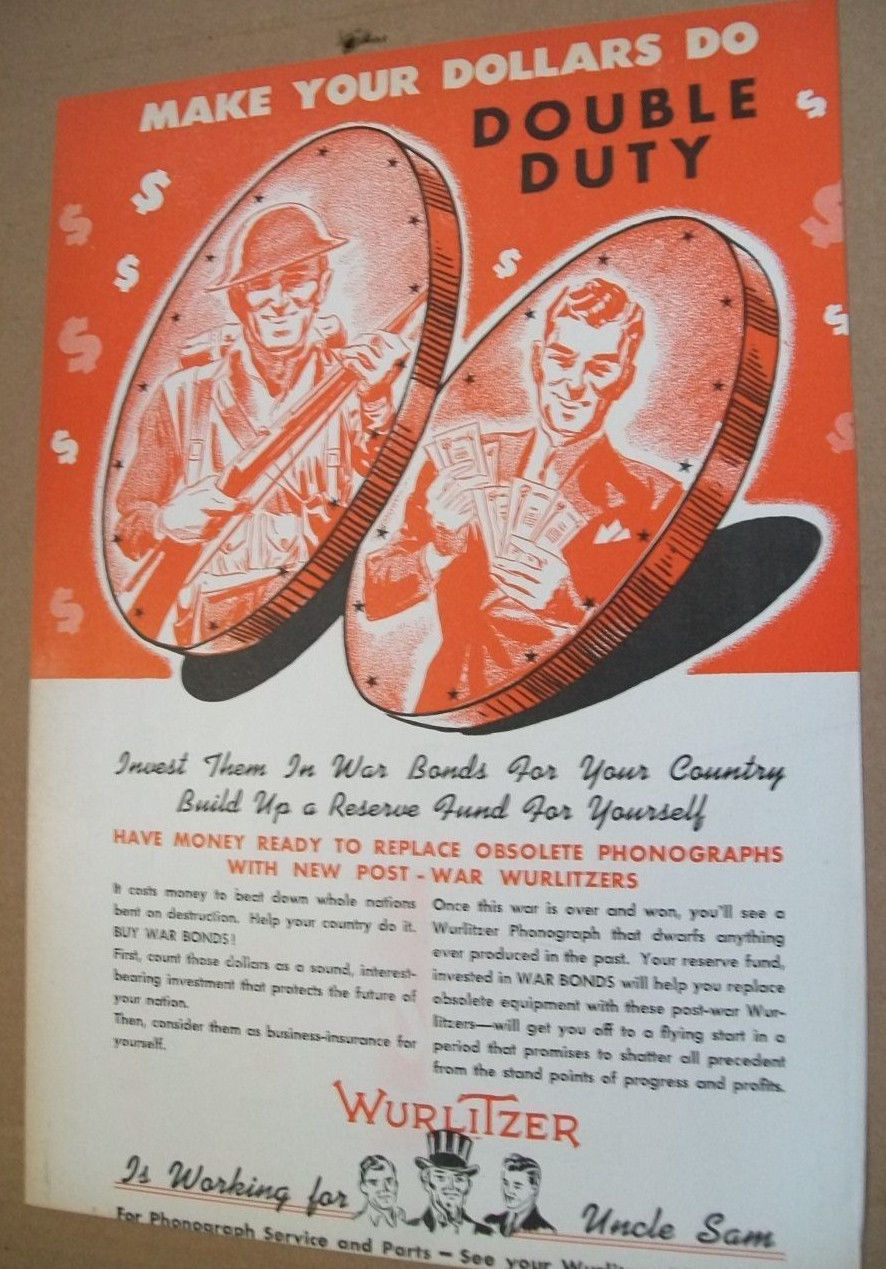

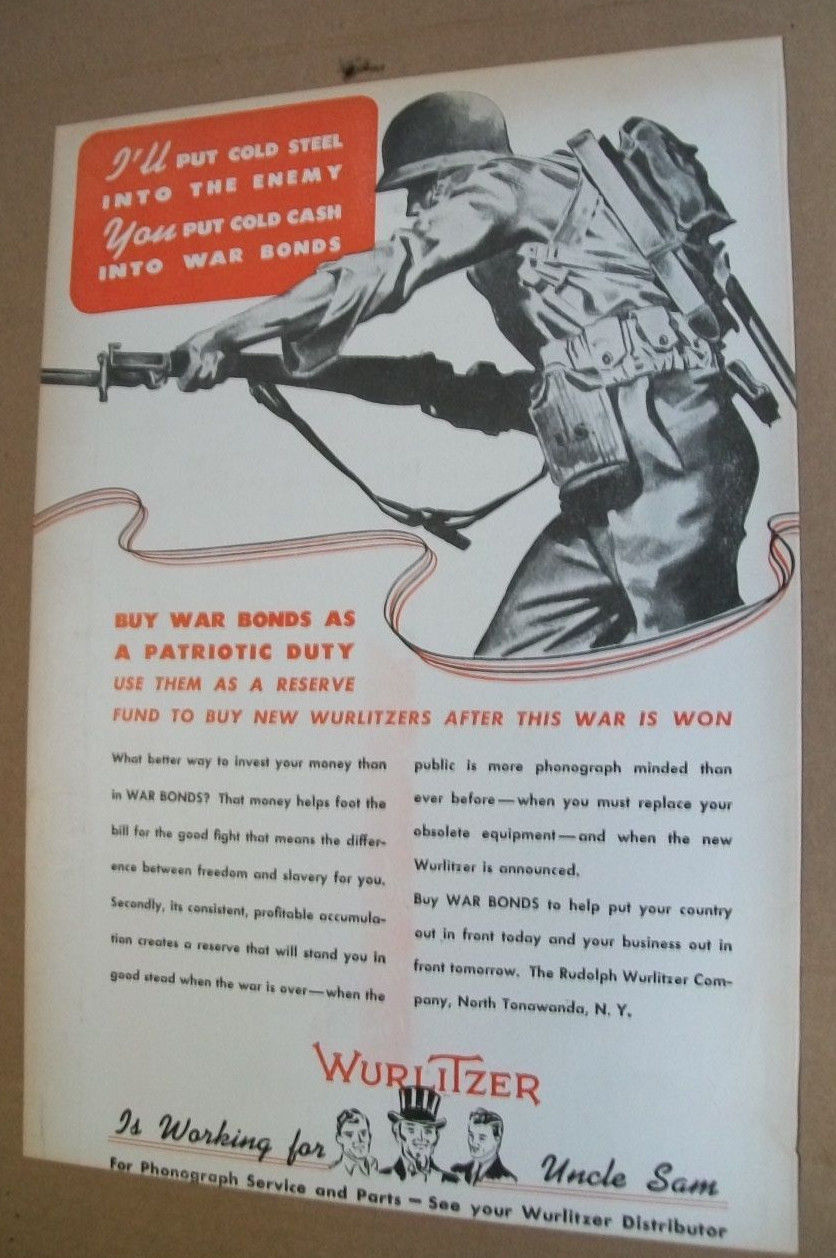
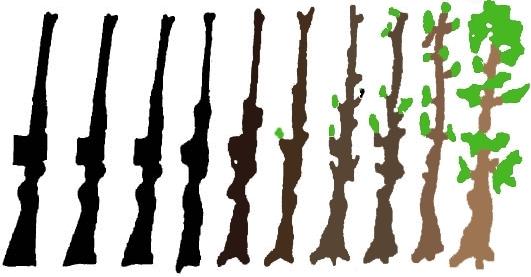
Press for Conversion!
If you appreciate the work that went into this research, please
subscribe &/or donate.
You can mail this
coupon
to COAT, or use the
Paypal
link on our homepage.
Subscription prices: 3 issues ($25), 6 issues ($45).
Subscribe now and get this 56-page issue
for free, or order it for $10.
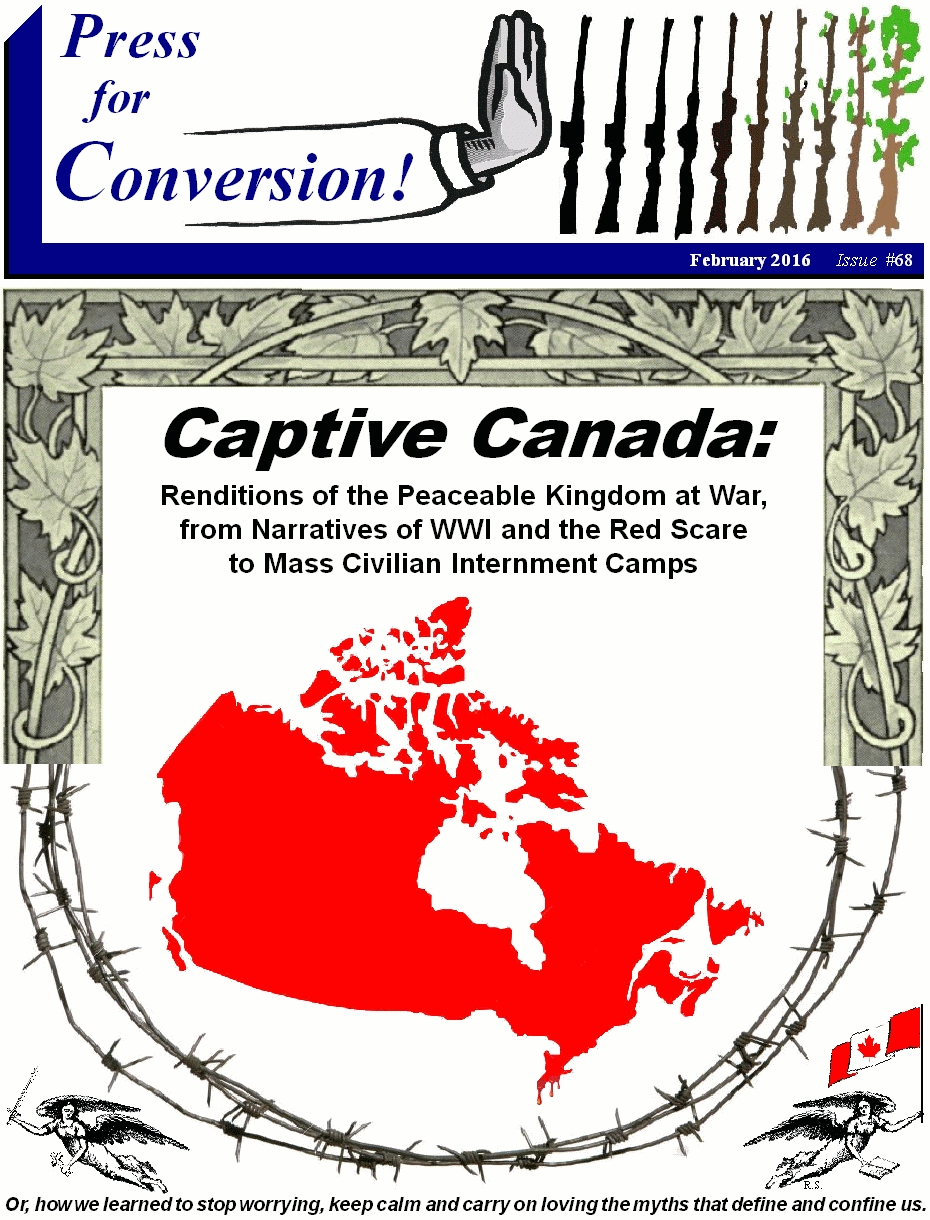
Captive
Canada:
Renditions of the Peaceable Kingdom at War, from
Narratives of WWI and the Red Scare to the Mass Internment of Civilians
Or, how we learned to stop
worrying, keep calm and carry on loving the myths that define and confine
us.
This issue (#68) deals with the mass internment of Ukrainian Canadians, this
community's left-right split and the mainstream racist, xenophobic
anti-communism of progressive "Social Gospellers" (like the CCF's J.S.
Woodsworth) who were so captivated by their false beliefs that they
carried out the genocide of First Nations and turned a blind eye to
government repression during the 20th-century "Red Scare."
The main thesis is captured here:
"The
Canada Syndrome,
a Captivating Mass Psychosis"
|
Part 8
Aryanisation and the
"Mighty Wurlitzer"
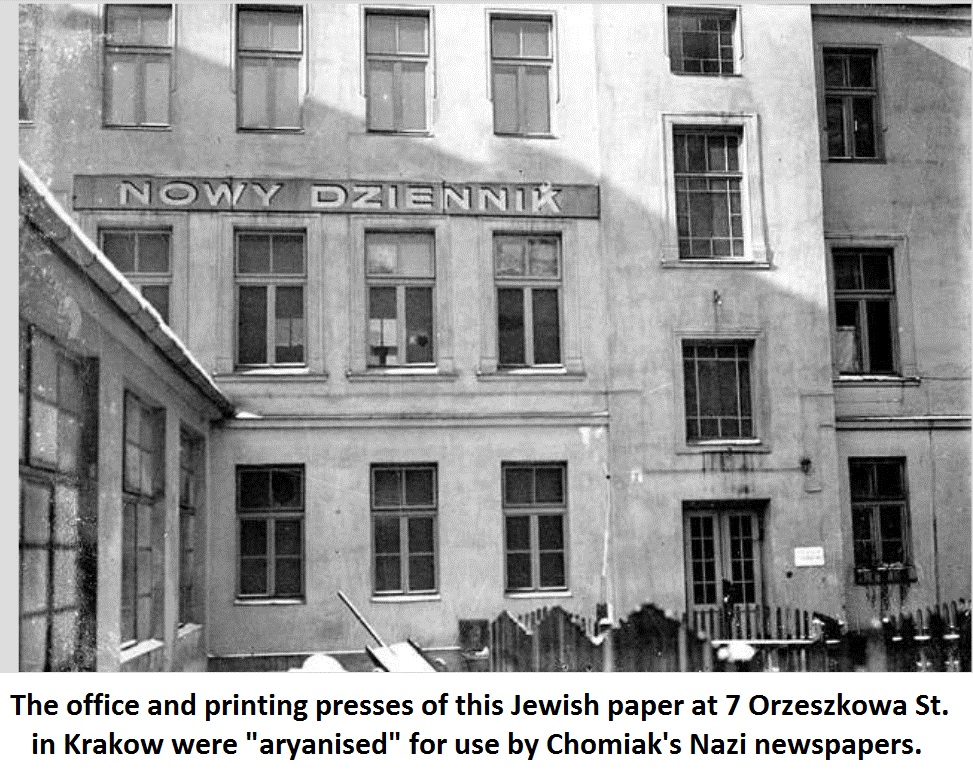 Both of the newspapers known to have been edited by Michael Chomiak were
produced and distributed from the office of the Ukrainian Publishing House
in Krakow. Its office space and printing press had been stolen (aryanised)
by the Nazis from a Jewish publishing company whose daily newspaper and
other publications were forced to stop in 1939. That was when the Nazi's
had invaded and the Chomiaks, along with thousands of their fellow Ukrainian
nationalists, had arrived. Both of the newspapers known to have been edited by Michael Chomiak were
produced and distributed from the office of the Ukrainian Publishing House
in Krakow. Its office space and printing press had been stolen (aryanised)
by the Nazis from a Jewish publishing company whose daily newspaper and
other publications were forced to stop in 1939. That was when the Nazi's
had invaded and the Chomiaks, along with thousands of their fellow Ukrainian
nationalists, had arrived.
 During their four years in Nazi-occupied
Poland, the Chomiak family also benefited personally from the brutal
displacement of Jews. The Chomiaks lived in not one but two aryanised
Krakow apartments complete with furniture that had been appropriated from
the previous Jewish occupants. A letter written by Chomiak to Nazi
authorities lists
15 pieces of furniture
which he said had been left behind by "the Jew Dr. Finkelstein."
Chomiak asked permission to move all these furnishings to his second
aryanised apartment. During their four years in Nazi-occupied
Poland, the Chomiak family also benefited personally from the brutal
displacement of Jews. The Chomiaks lived in not one but two aryanised
Krakow apartments complete with furniture that had been appropriated from
the previous Jewish occupants. A letter written by Chomiak to Nazi
authorities lists
15 pieces of furniture
which he said had been left behind by "the Jew Dr. Finkelstein."
Chomiak asked permission to move all these furnishings to his second
aryanised apartment.
The Chomiak's first apartment was within the stunningly beautiful Pugetow
Palace complex, just a few minutes walk from the city's main plaza (which
the German occupiers had recently renamed "Adolph Hitler Square").

The Chomiaks' second aryanised apartment, overlooking a park along the
Vistula River, was a mere three-minute walk (260 metres) from his aryanised
home to his newspaper office. Both were located in Kazimierz, the
formerly Jewish district of Krakow that was ethnically cleansed during the
war. (If you would like to take a virtual walk along the Krakow streets
between Chomiak's home and work, you can do so right now. Just click
the google map above and zoom in to use "street view" to navigate between
Swietego Stanisława 7 and Elizy Orzeszkowej 7.)
Michael
Chomiak displayed a
sense of entitlement upon receiving his second aryanised home in
Krakow, that was probably quite typical for someone of his standing in the
Ukrainian community. This is shown in another letter that he wrote to city authorities
asking them to reimburse him for the expenses he had incurred in cleaning
the river-view apartment. Chomiak's rather gutsy letter stated that the
"apartment
I was assigned ... a former Jewish property, ... was so verminous and
filthy, I was forced to refurbish and disinfect the whole apartment at my
own expense....
I am
forced to disinfect the apartment a second time with gas candles as not all
bugs were killed during the first disinfection."[i]
For many years, such
language ‑ associating Jews with filth and pests ‑ was used so repeatedly in
Nazi propaganda that it had become quite normalised among Germans and their
Ukrainian allies.
The aryanisation of property,
apartments, neighbourhoods, cities and indeed whole countries, was seen by
Nazis -- and those within their sphere of influence -- as something that was just as necessary
and socially healthy as the extermination of unhealthy vermin with special
"gas candles."
The fact that Nazi
authorities "assigned" an apartment to the Chomiaks that had been stolen
from Jewish inhabitants was not unusual. The Nazi regime regularly
bestowed
many blessings upon the newly arrived,
enriched and empowered Ukrainian community that the Germans welcomed into
Poland during the war. These recent immigrants who had fled the Red Army's
entry into Ukraine were given a charmed middle-class life in Krakow by the
Nazi's General Government.
Pawel Polish historian, cites the research of Andrzej Chwalba who has
written about the Ukrainians who occupied Krakow during the war after
fleeing the Soviet Army's entry into Ukraine:
"Here, as throughout the entire GG [General
Government, i.e., Nazi-occupied Poland], they felt good or as a privileged
Slavic people. They received residency registrations without any major
problems, much easier than Poles... After the eviction of Jews, they densely
inhabited Grunestrasse (today's and prewar Krakow's Jerzego Sarego street)
and neighboring streets. This region was often referred to as the 'Ukrainian
quarter.' The Ukrainians had in it (as well as beyond it) their own stores,
service companies, restaurants and coffee houses (Viera, Casino, Poltava),
bank (Ukraibank Krakau), schools and a charitable committee." (Andrzej
Chwalba, Okupacyjny Krakow, 2nd ed.‚ Krakow: Wydawnictwo Literackie,
2002, p.86.)
Meanwhile, in stark contrast to the
pleasantries afforded by the Nazis to the incoming Ukrainians that took over
aryanised properties, the large Jewish population of Krakow was brutally
removed from their homes, synagogues and businesses. They were then forced
into a horribly cramped ghetto across the Vistula River where many died of
starvation and disease. For those who managed to survive the captivity
and disease of the ghetto, the Nazis had a final solution, they forced them
into highly-efficient gas chambers for extermination like pests.
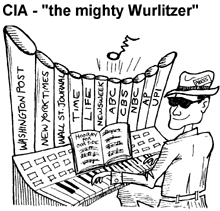 Although these horrors were going on all
around them, you wouldn't know it from reading the newspapers produced under
Chomiak's watchful Ukrainian eye. These papers were part and parcel of a
massive mainstream news machine that propagated Nazi messaging not only in
Krakow, and throughout occupied Poland, but throughout Greater Germany and
across Nazi Europe. This kind of government-sponsored corporate media
apparatus has come to be known as a "Mighty Wurlitzer."[ii] Although these horrors were going on all
around them, you wouldn't know it from reading the newspapers produced under
Chomiak's watchful Ukrainian eye. These papers were part and parcel of a
massive mainstream news machine that propagated Nazi messaging not only in
Krakow, and throughout occupied Poland, but throughout Greater Germany and
across Nazi Europe. This kind of government-sponsored corporate media
apparatus has come to be known as a "Mighty Wurlitzer."[ii]
The "Wurlitzer" moniker appropriately began
with the CIA's chief of covert action, Frank Wisner, who used it as an
affectionate term for the post-war, collaborationist media that he set up
for use by American intelligence organisations. Wisner's CIA duties
included: (1) recruiting Germans and their east European allies to continue
their anticommunist efforts through new careers in US intelligence, (2)
creating a vast propaganda network called Radio Free Europe and
Radio Liberation from Bolshevism[iii]
(RFE/RL), and
 (3) exerting a powerful influence on widespread public opinion
by disseminating misinformation, disinformation and various forms of fake
news through many of the largest mainstream media outlets in the US and
around the world.[iv]
These three programs were major weapons in the CIA's psychological war that
was used to target America's strongest WWII ally, and biggest Cold War
enemy, the Soviet Union. In the post-Soviet world after 1990, the
Wurlitzer's Cold-War propaganda has all-too-often continued apace through a
similar pattern of vilification aimed at Russia and its leaders in Moscow's
Kremlin. (3) exerting a powerful influence on widespread public opinion
by disseminating misinformation, disinformation and various forms of fake
news through many of the largest mainstream media outlets in the US and
around the world.[iv]
These three programs were major weapons in the CIA's psychological war that
was used to target America's strongest WWII ally, and biggest Cold War
enemy, the Soviet Union. In the post-Soviet world after 1990, the
Wurlitzer's Cold-War propaganda has all-too-often continued apace through a
similar pattern of vilification aimed at Russia and its leaders in Moscow's
Kremlin.
The print news venues over which Michael
Chomiak held sway, did much to help official German and Ukrainian
authorities to demonise their common enemies, namely Soviet communists and
Jews. Chomiak presided over publications whose highly politicised fake news
parroted the Nazi narration of world events, included that whopper of all
whoppers ‑ Hitler's "Big Lie." Accordingly, Ukrainian newspapers joined the
Third Reich's scaremongering diatribes in fabricating the myth that a
villainous threat to peace-loving Europe was being posed by powerful Jewish
elites lurking behind the Kremlin's evil Bolshevik bosses in Moscow and
their dastardly plutocratic friends in Britain and America.
For example, the Berlin correspondent for
Krakivs'ki visti drew readers attention to that commonly-hyphenated
threat to civilisation that was variously pigeonholed as "Muscovite-Jewish nonhumanity," the "Jewish-Bolshevik gang," and the "Stalinist-Jewish
commune." In a July 1941 article, he included a fake news story claiming
that Joseph Stalin was about to abandon Moscow and run away to North America
to join "his 'democratized' friend Roosevelt, where in New York millions of
dollars ... await him in the safes of Jewish banks."[v]
Although Stalin did not escape to North America, thousands of Ukrainian
soldiers did, after having fought in military units that supported Hitler's
failed efforts to conquer the USSR and Europe.
|
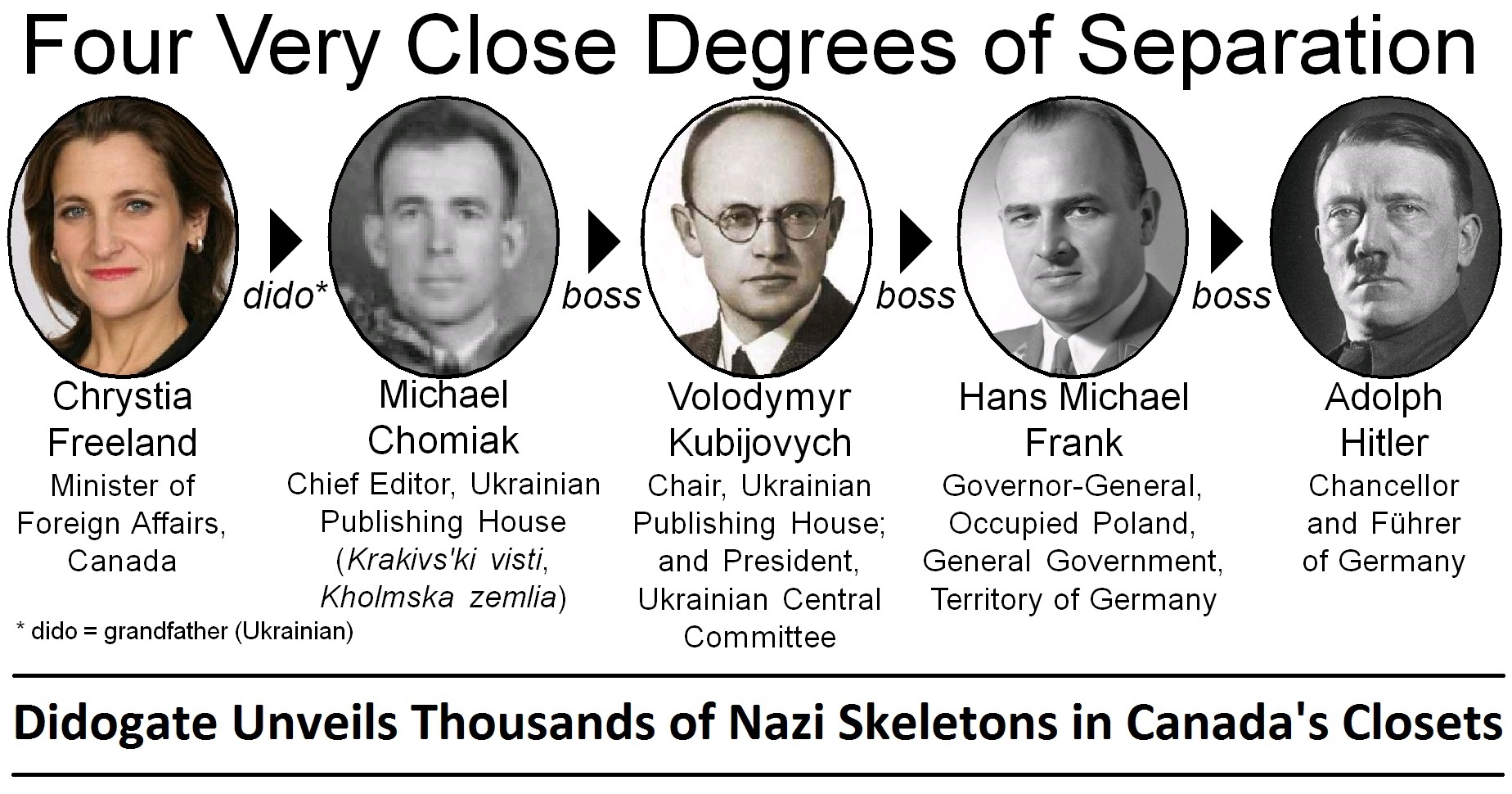




 Both of the newspapers known to have been edited by Michael Chomiak were
produced and distributed from the office of the Ukrainian Publishing House
in Krakow. Its office space and printing press had been stolen (aryanised)
by the Nazis from a Jewish publishing company whose daily newspaper and
other publications were forced to stop in 1939. That was when the Nazi's
had invaded and the Chomiaks, along with thousands of their fellow Ukrainian
nationalists, had arrived.
Both of the newspapers known to have been edited by Michael Chomiak were
produced and distributed from the office of the Ukrainian Publishing House
in Krakow. Its office space and printing press had been stolen (aryanised)
by the Nazis from a Jewish publishing company whose daily newspaper and
other publications were forced to stop in 1939. That was when the Nazi's
had invaded and the Chomiaks, along with thousands of their fellow Ukrainian
nationalists, had arrived.  During their four years in Nazi-occupied
Poland, the Chomiak family also benefited personally from the brutal
displacement of Jews. The Chomiaks lived in not one but two aryanised
Krakow apartments complete with furniture that had been appropriated from
the previous Jewish occupants. A letter written by Chomiak to Nazi
authorities lists
During their four years in Nazi-occupied
Poland, the Chomiak family also benefited personally from the brutal
displacement of Jews. The Chomiaks lived in not one but two aryanised
Krakow apartments complete with furniture that had been appropriated from
the previous Jewish occupants. A letter written by Chomiak to Nazi
authorities lists 
 Although these horrors were going on all
around them, you wouldn't know it from reading the newspapers produced under
Chomiak's watchful Ukrainian eye. These papers were part and parcel of a
massive mainstream news machine that propagated Nazi messaging not only in
Krakow, and throughout occupied Poland, but throughout Greater Germany and
across Nazi Europe. This kind of government-sponsored corporate media
apparatus has come to be known as a "Mighty Wurlitzer."
Although these horrors were going on all
around them, you wouldn't know it from reading the newspapers produced under
Chomiak's watchful Ukrainian eye. These papers were part and parcel of a
massive mainstream news machine that propagated Nazi messaging not only in
Krakow, and throughout occupied Poland, but throughout Greater Germany and
across Nazi Europe. This kind of government-sponsored corporate media
apparatus has come to be known as a "Mighty Wurlitzer." (3) exerting a powerful influence on widespread public opinion
by disseminating misinformation, disinformation and various forms of fake
news through many of the largest mainstream media outlets in the US and
around the world.
(3) exerting a powerful influence on widespread public opinion
by disseminating misinformation, disinformation and various forms of fake
news through many of the largest mainstream media outlets in the US and
around the world.